Jewish History
Gail Rubin
Ruth Rubin
Ruth Rubin devoted a lifetime to the collection and preservation of Yiddish folklore in poetics and songs. As a popular performer-folklorist, she would describe the background of her selections and then sing them in a simple, unaccompanied style. Rubin helped preserve the past and launch the modern Yiddish revival.
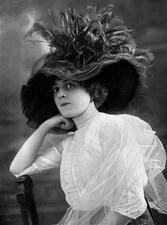
Ida Rubinstein
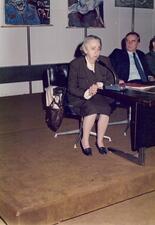
Mina Fridman Ruetter
Mina Fridman Ruetter (1922-2003), an Argentinean-born Jew, was the most prominent leader of the Yiddisher Kultur Farband (YKUF) beginning in the 1970s. She studied and worked as a writer, teacher, and translator in organizations linked to the Communist Party and the Soviet Union. She was a highly visible leader and the disciple of YKUF intellectuals such as Pinie Katz and Samuel Gordon.
Russian Immigrants in Israel
Approximately 350,000 Jewish women moved to Israel from the Former Soviet Union after 1989. Among the key issues they faced were occupational downgrading, sexuality and family life, sexual harassment, marital distress, and single-parent families.
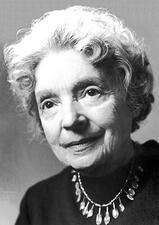
Nelly Leonie Sachs
In 1966 Nelly Sachs became the first German woman to win the Nobel Prize in Literature. After Sachs fled Berlin in 1940, her thirty-year exile in Sweden proved fertile ground for her poetry. She was motivated as a writer by her deep desire to bear witness to the victims of the Holocaust.
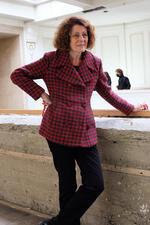
Rachel Salamander
Rachel Salamander is a writer, scholar, editor, and publisher. Born in 1949 in a DP camp in Germany, she has written and published multiple works about German Jewry and DP camps after World War II. In 1982, Salamander established the Literaturhandlung in Munich, a prominent bookshop and meeting place specializing in Jewish literature.
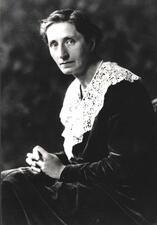
Alice Salomon
Alice Salomon was an educator, feminist, economist, and international activist who was one of the pioneers of the emerging field of professional social work in Germany in the early 20th century. In 1925 she was among the founders of the German Academy for Women’s Social and Educational Work, and she later served as the first president of the International Committee of Schools of Social Work.
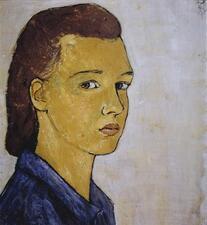
Charlotte Salomon
Vera Frances Salomons
An elusive figure, Vera Salomon, who belonged to the interconnected network of Anglo-Jewish families known as “the Cousinhood,” is best remembered for founding and funding the L.A. Mayer Museum of Islamic Art in Jerusalem. This was the culmination of a longstanding philanthropic commitment to Jewish life in what would become the State of Israel.

Pnina Salzman
Renowned classical pianist Pnina Salzman was the first Israeli pianist to conquer concert stages in Europe and Asia in the early 1940s, before the establishment of the State of Israel. She also enriched the local music scene with her premieres of Israeli composers, who wrote for her knowing that their work would receive superb interpretation. She won the Israel Prize for her musical achievements.
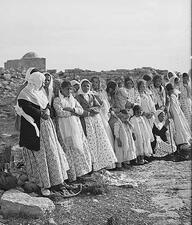
Samaritan Sect
Else Rahel Samulon-Guttmann
Else Samulon-Guttmann showed her exceptional intelligence early in life, studying law at Berlin university and earning a PhD from Heidelberg University. Appointed a judge in 1929, she lost her position with the Nazi rise to power in 1933. Samulon-Guttmann stayed in Germany for her mother and was murdered at Auschwitz in 1944.
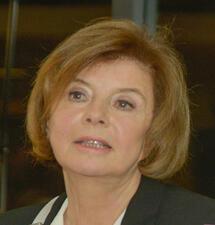
Michèle Sarde
Writer Michèle Sarde’s biographies, novels, and essays cover a wide range of themes and issues, including female literary figures, women’s equality, and the trauma of war persecutions through the lens of both the Holocaust and the Armenian genocide. She has received many awards for her work and taught at Georgetown University for over 30 years.
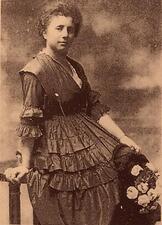
Margherita Sarfatti
Born into a wealthy Venetian Jewish family, Margherita Sarfatti joined the Socialist Party and became the art critic for the newspaper Avanti!, where she met Benito Mussolini. The two became lovers, and she followed Mussolini into the Fascist movement and helped plan the rise of the Fascists, only abandoning his cause when Mussolini embraced antisemitism in 1938.
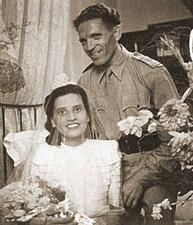
Bouena Sarfatty Garfinkle
Bouena Sarfatty Garfinkle, a Sephardi woman, risked her life over and over again to aid to her community during World War II. At a later stage in her life, Bouena’s historical-literary acumen enabled her to record Jewish life in Salonika during the twentieth century, including the devastation to her community at the hands of the Nazis.
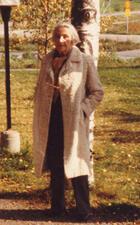
Nathalie Sarraute
Writer and lawyer Nathalie Sarraute was an innovative figure in post-World War II French literature. No longer allowed to practice law during the German occupation of France, she posed as the governess of her three daughters to hide her Jewish identity. Sarraute’s many novels and plays are characterized by an “inwardness” and an unusual lack of characters, names, and plot.
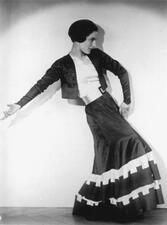
Angiola Sartorio
Angiola Sartorio was a prolific dancer, teacher, and choreographer who subverted fascism in her artistic choices. Sartorio had a company and school, and her company was widely well-received in Italy until it performed for Hitler in Vienna and she had to flee to the United States.
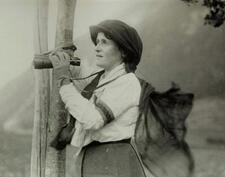
Alice Schalek
Alice Schalek first entered the public sphere at the turn of the century as the author of a well-received novel, published under the male pseudonym Paul Michaely. The first woman in Austria to become a career photojournalist and travel writer, and the first and only female member of the Austrian Kriegspressedienst (war information unit) during World War I, Schalek paved the way for careers in both photography and journalism for other women.

Rosa Schapire
Rosa Schapire was one of the few women to pursue art history studies at a time when the discipline itself was still in its infancy. Her foray into this male-dominated profession was indicative of her allegiance to feminist aspirations to equal opportunity and adult suffrage.
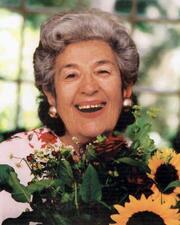
Miriam Schapiro
Miriam Schapiro helped pioneer the feminist art movement, both through her own pushing of creative boundaries and by creating opportunities for other women artists. Starting in 1970, Schapiro raised women’s consciousness through her writing, painting, printmaking, teaching and sculpture. She lectured extensively on feminist issues to professional conferences, university audiences, art classes and women’s groups.

Emma Lazaroff Schaver
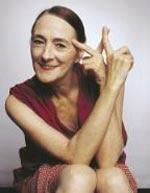
Rina Schenfeld
Faye Libby Schenk
Fay Libby Schenk turned down a promising career as a zoologist to devote herself to Hadassah and other Zionist organizations. She worked her way up at Hadassah and eventually became president, during which time Hadassah began rebuilding its hospital on Mount Scopus and created its Institute of Oncology in Jerusalem.
Dorothy Schiff
Dorothy Schiff led many lives, from debutante to social reformer, but she is best remembered as the publisher of the New York Post, the first woman to run a New York newspaper. Her publishing philosophy was simple: The Post must avoid “narrow-mindedness, prejudice, and all the things it is the business of liberals to fight.”


